Novels of Alfred Leland Crabb
In 1942, in his fifty-ninth year, Alfred Leland Crabb published his first novel, Dinner at Belmont: A Novel of Captured Nashville. The book weaves a story of valor and romance around five dinners held in Nashville before, during, and after the Civil War. A top seller locally (and well-received elsewhere), it set Crabb, longtime professor at Peabody College, on a second career as a historical novelist.
The two novels that soon followed—Supper at the Maxwell House: A Novel of Recaptured Nashville and Breakfast at the Hermitage: A Novel of Nashville Rebuilding—completed the Civil War “table” trilogy with stories of romance and cultural renewal amid the hard post-war years. Over the next thirty years Crabb would write nine more historical novels, all set in Tennessee or his native Kentucky, many at the time of the Civil War. Crabb’s novels are thoroughly researched, straightforward in their narrative structure, full of dialogue and period detail, lightly didactic, and sentimental.
The books struck a sympathetic chord with Nashvillians young and old, and their red covers lined the bookshelves of many a mid-century Nashville home. In 1953, an advertisement sent out by R.M. Mills’ bookstore referred to Crabb as Nashville’s “most famous and most popular author,” and copies of Crabb’s latest novel would take over Mills’ window display whenever they were published.
An annotated list of Crabb’s novels follows. All except his last were originally published by Bobbs-Merrill, an Indianapolis firm.
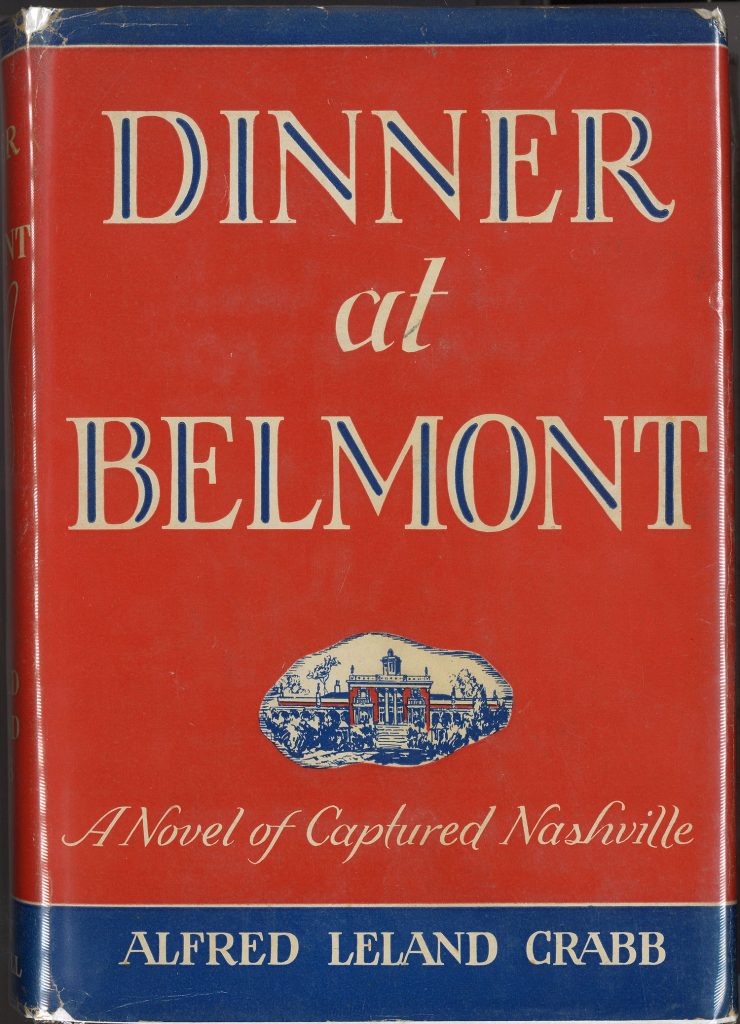

The story of Nashville before and during the Civil War is told through several dinners. The first is given at the Belmont mansion in the fall of 1858, as war clouds loom. The second introduces a Southern belle and her Yankee beau; separated by the conflict, they are reunited during the novel’s final dinner.
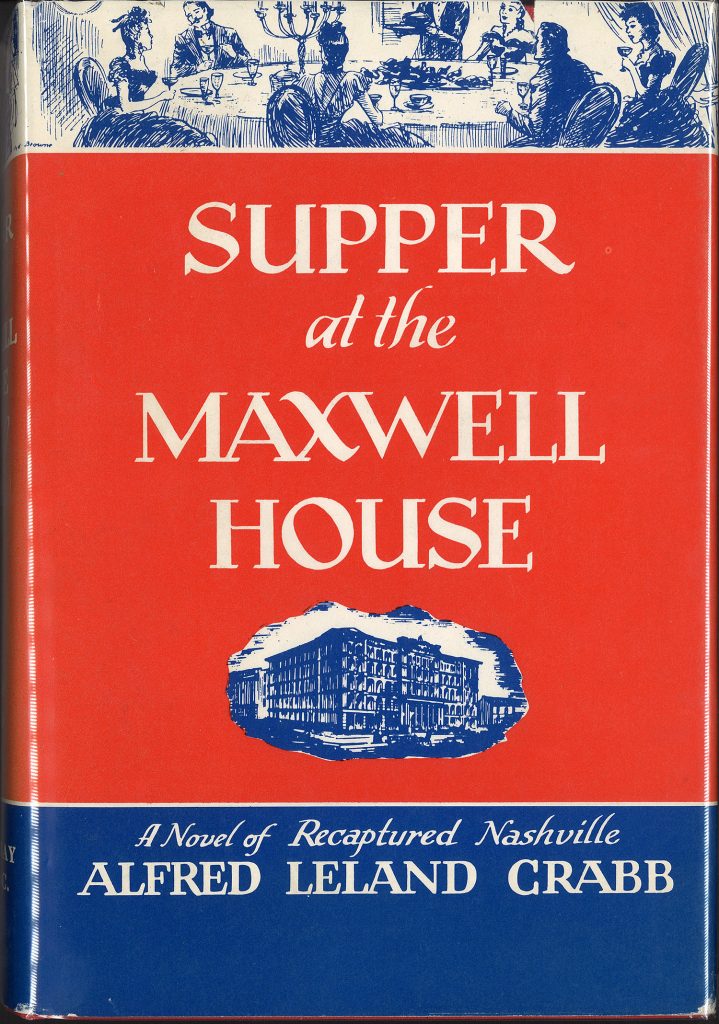
After the Civil War and the death of his father, Weaver Cole and his mother must sell their house to a Northern family. Weaver falls for the family’s daughter and endeavors to win her hand—and win back his beloved house.
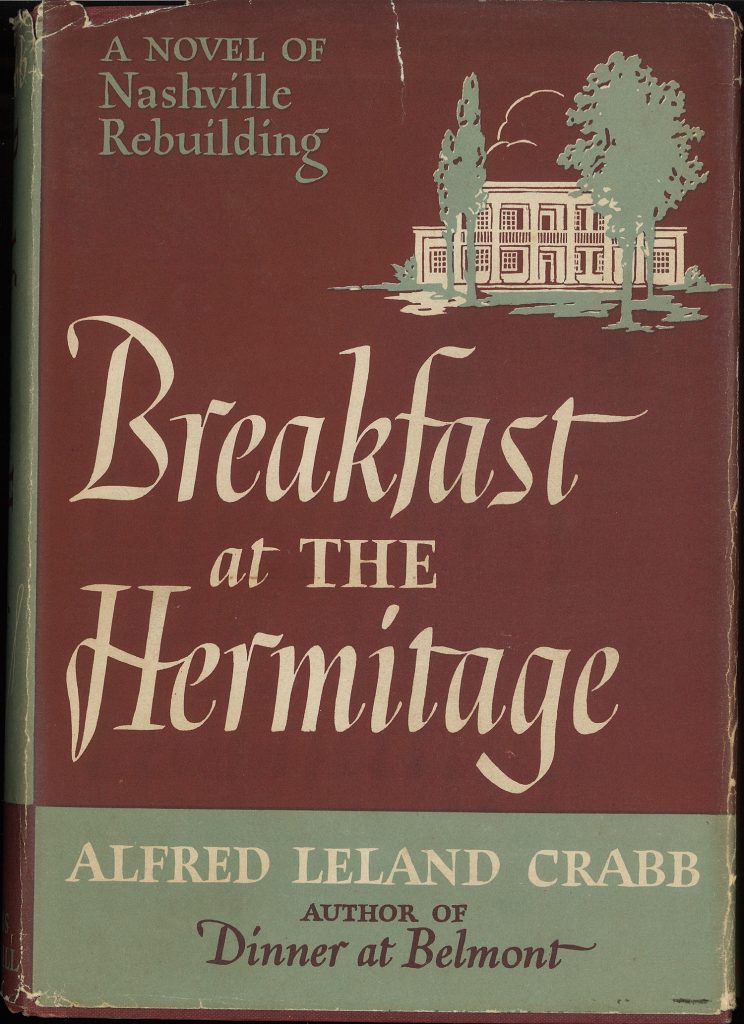
This novel details efforts to restore and preserve the Hermitage, former home of Andrew Jackson, and other landmarks of pre-war Nashville. The novel ends at the Tennessee Centennial exhibition in 1896.
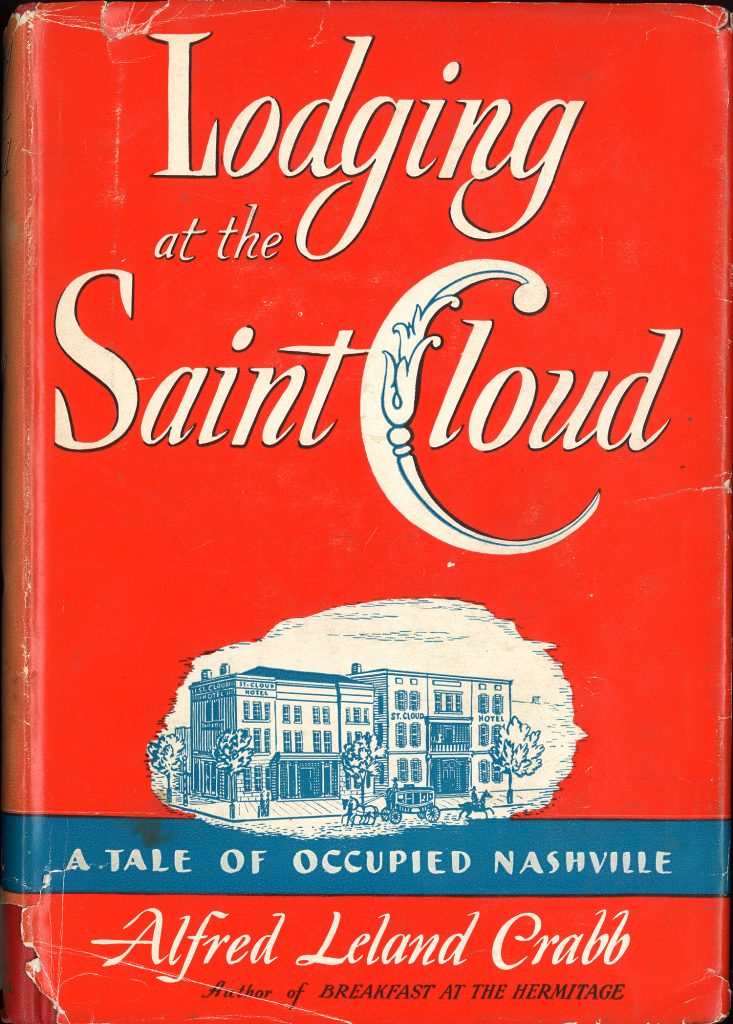
During the Civil War, Nathan Bedford Forrest sends Confederate troops to Union-held Nashville (the troops lodge at the St. Cloud Hotel) to spy on Federal operations.
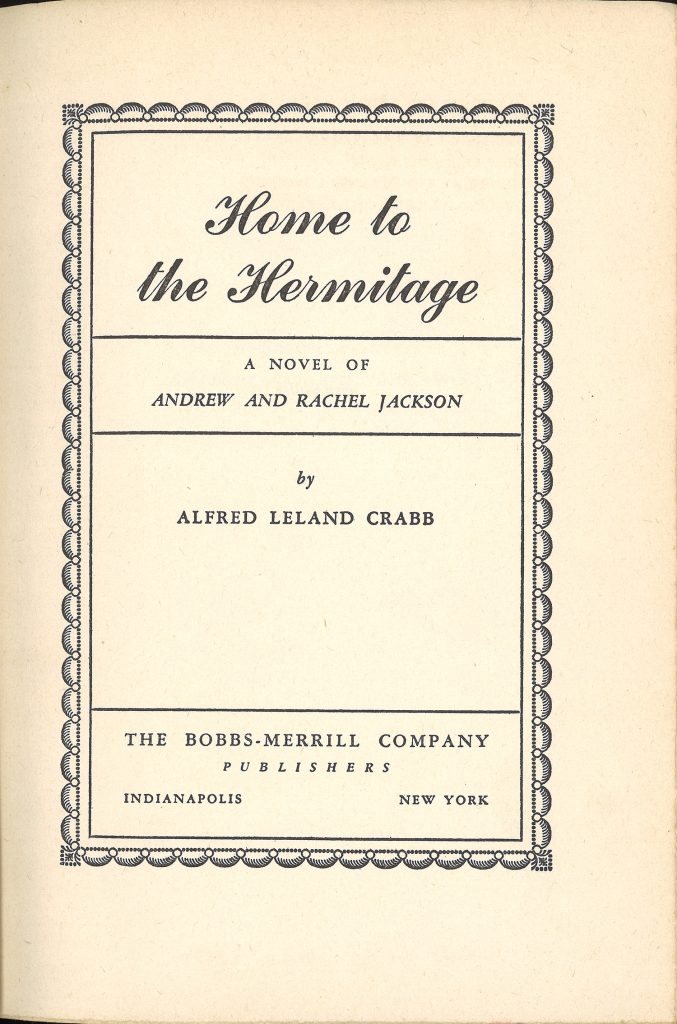
The story of Andrew and Rachel Jackson is told from 1804, when they move into the Hermitage, to Mrs. Jackson’s death in 1828, as her husband prepares to leave for Washington, D. C.
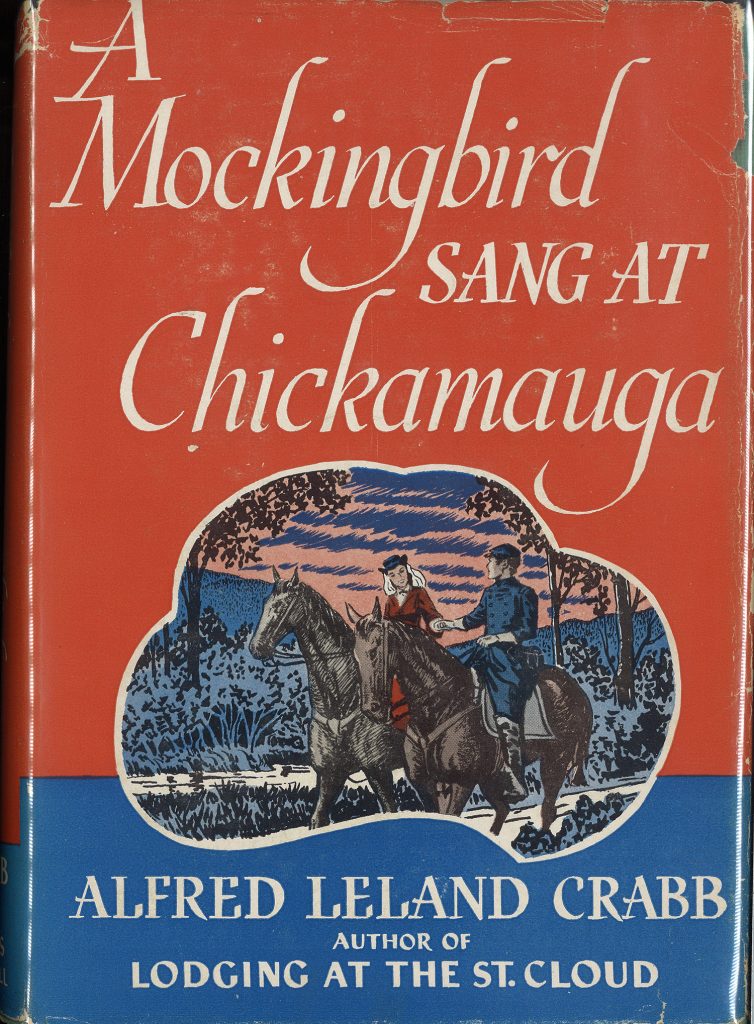
The Confederate spies introduced in Lodging at St. Cloud cross enemy lines in Chattanooga. The novel culminates in the battle of Chickamauga in September 1863.
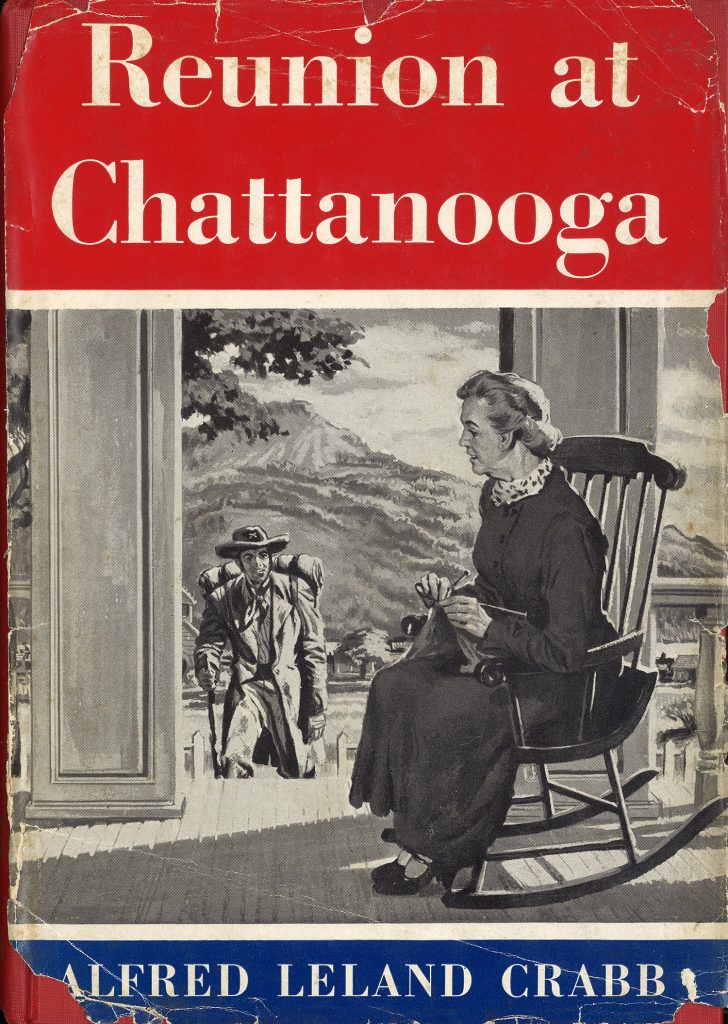
After the war, the Blevins family of Chattanooga works to rebuild their city, with the help of a former Yankee officer. Love blooms between the scions of the two families.

The bedraggled Army of Tennessee makes its way north to Nashville in 1864, engaging Federal troops at the bloody Battle of Franklin, where two old friends—Northerner and Southerner—cross paths again.

The novel recounts the story of the rise of Henry Clay, beginning with his journey from Virginia to Kentucky as a young lawyer, and ending with Secretary of State Clay’s Cumberland Gap address in 1825.
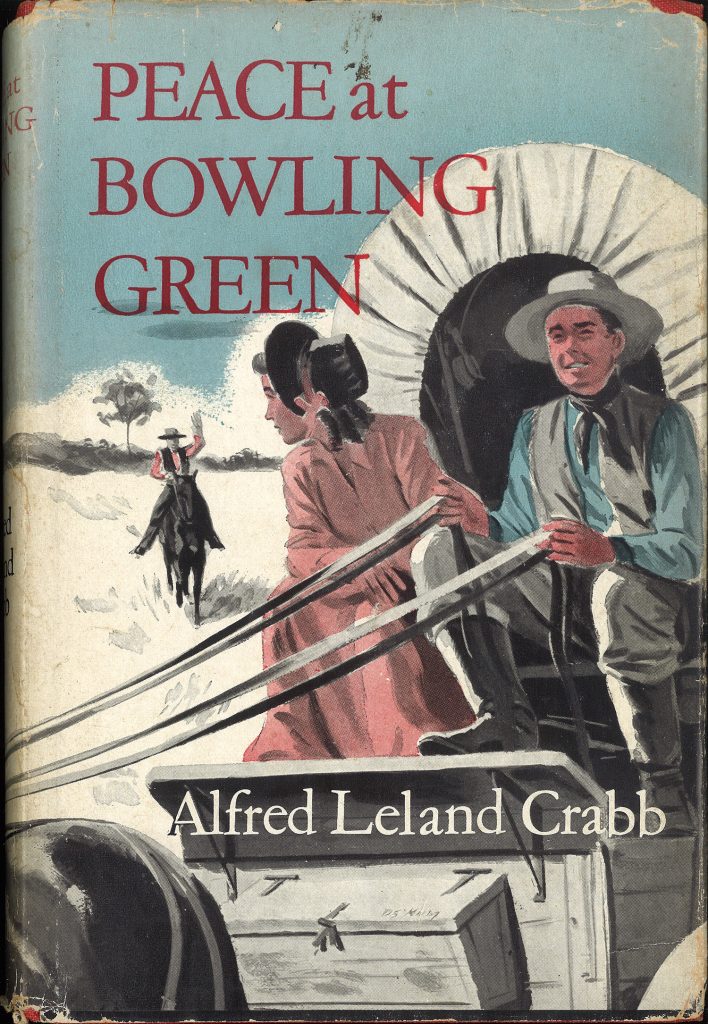
The story of Kentucky throughout the nineteenth century is told through the triumphs and hardships of three generations of a large family.
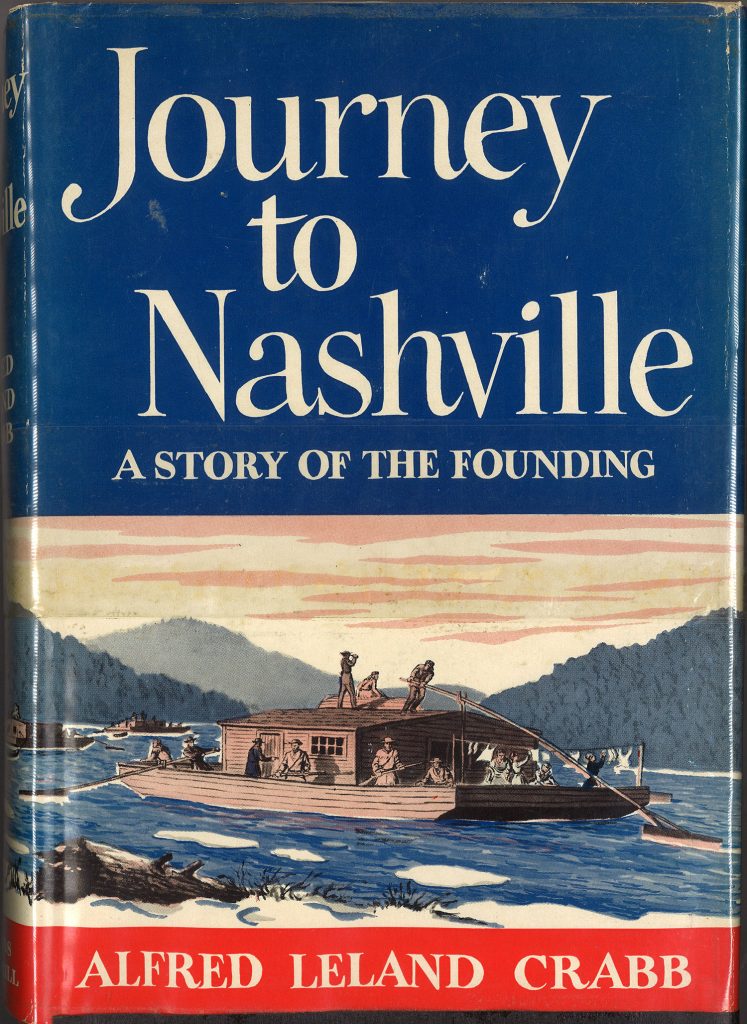
This novel tells the story of the men and women who, following James Robertson, traveled by land and river to Nashville in 1779 and 1780.

Crabb’s final novel, written expressly for young readers, recounts the tale of a twelve-year-old Andrew Jackson, living with his widowed mother in the Carolinas, as the Revolutionary War comes to their front door.
